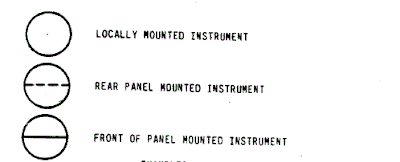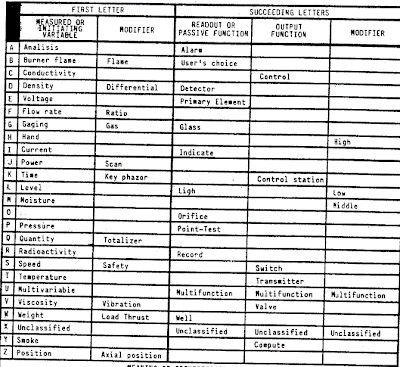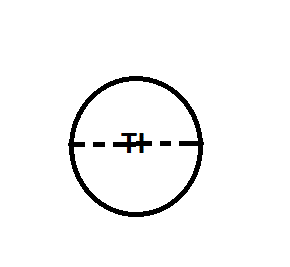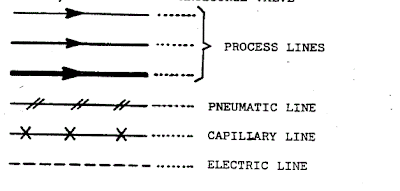This topic is already(Piping and instrumentation diagram) discussed in instrumentpedia. But now I feel that more explanation is required on this topic.That is why I decided to write a detail post about it.
For reading a piping and instrumentation diagram someone should be very much familiar with the symbols.We can classify the instruments in to three large families.
1.Locally mounted instruments.2.Instrument present in the front end.
3.Instrument present in the back end(Not accessible by operator. This class of instrument is located in the controller.

Each instrument is also identified by means of letters that describes its function as well as progressive numbers to ensure proper identification.
The first letter stands for the variable being measured.
T-Temperature
L-Level
P-Pressure
F-Flow
K-Time
S-Speed
Instrument function is represented by the second letter
I-Indicator
T-Transmiiter
R-Recorder
C-Control
D-Differential
S-Switch
E-Element
A-Alarm
Alarm function is represented by the third letter.
H-High
L-Low
Shutdown function is represented by the third and fourth letter.
H-Shut down due to a high value
L-Shut down due to a low value
HH-Shut down due to a high high value
LL- Shut down due to a low low value.
Letters used in Piping and instrumentation diagram

Some examples of instrument representation in piping and instrument diagram
Locally mounted temperature Indicator
Panel mounted temperature Indicator.
Temperature indicator in the DCS/PLC/Controller.
Locally mounted temperature transmitter.
Representation of pipes and signal in P&ID:
Process lines
Pneumatic line
Capillary line
Electric line
Control valves are representation in P&ID
LCV - Level control valve
PCV – Pressure control valve
TCV- Temperature control valve
FCV- Flow control valve
PSV- Pressure safety valve
ROV- Remote operated valve
MOV- Manually operated valve
FIC/V- Anti surge valve
Related post:
How to read a piping and instrument diagram?
Difference between p&id and pfd?
what is Hook up drawings?






SOR float switches have earned a long-time reputation for their high quality, rugged construction and reliable performance under the most demanding applications
BalasHapus